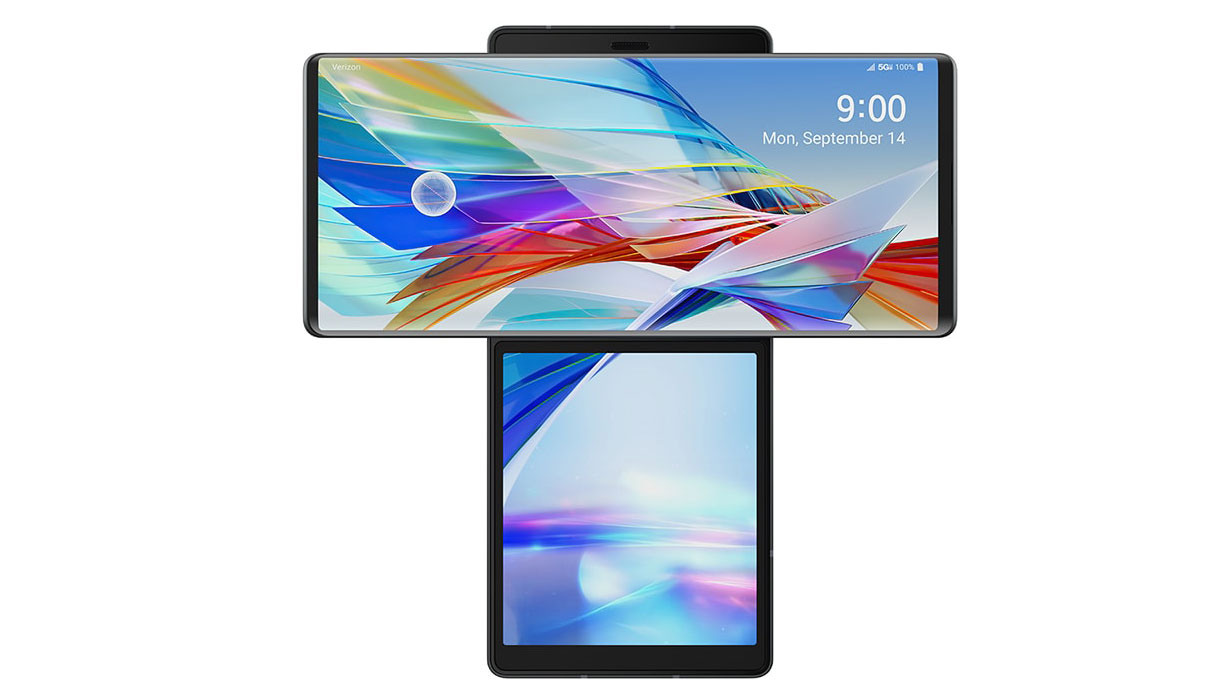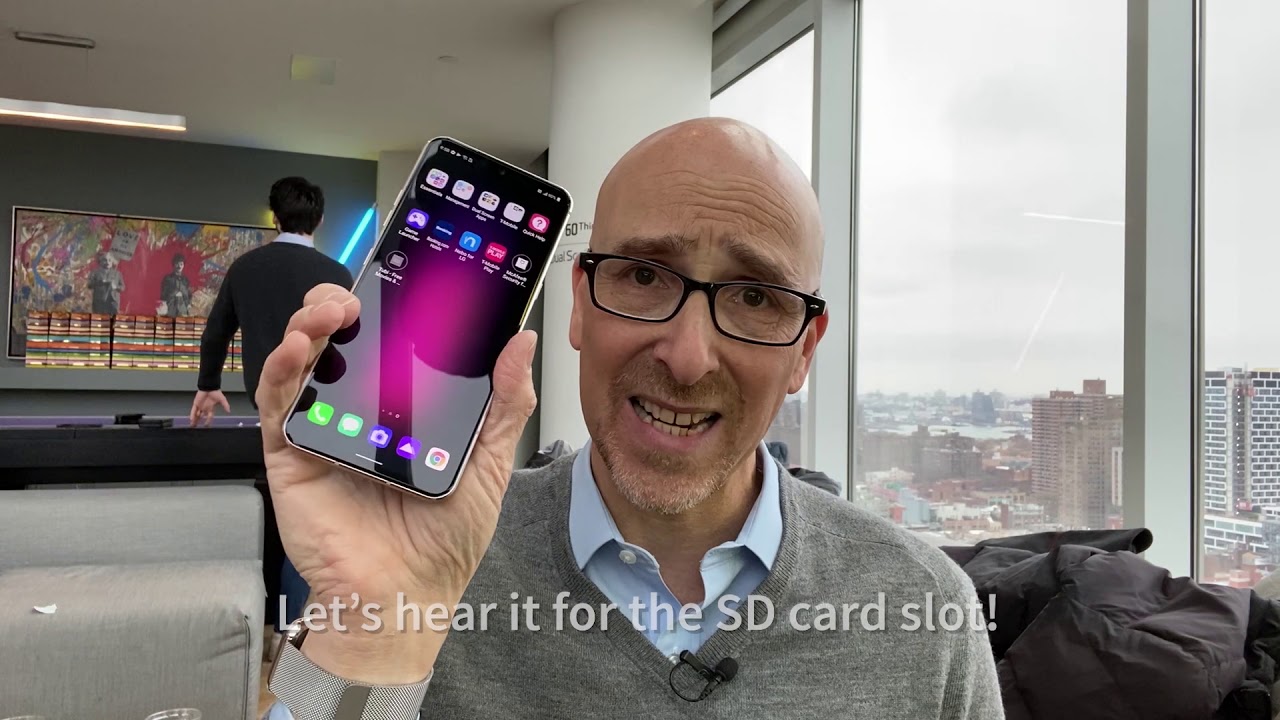It’s been four years since LG pulled the plug on its once robust phone business, and there have been no new LG handsets since then; but some people still own and use them, and many of us have a drawer filled with classic models.
Now, though, all LG phones will begin the slow, steady march to brickatude, as software updates end on June 30. It’s a sad moment, and it got me thinking about how LG did things differently (really differently) and what the rest of the phone industry (looking at you, Samsung, Apple, Google) can learn from it.
In some ways, LG (formerly Lucky Goldstar, which should tell you something) was just like any other phone company, albeit one that always appeared to be on a little bit of acid.
You may like
LG, for instance, has an obsession with multiples. Even before foldables, it slapped two screens on a phone, most memorably in the LG Wing, which, when you flipped the top screen from portrait to landscape, turned the handset into a digital cross, complete with a half-sized display squeezed in below the main one. Flipping a screen was also kind of an LG thing.
Now, this was a wild phone. I always loved when LG would swing for the fences. pic.twitter.com/MKjcBScYZhNovember 11, 2022
Then there was the LG V60 ThinQ, which put a second full-sized display in the case. This was years before folding phones that could transform from a standard handset into a tablet; instead, the V60 faked it. Content could span across the two screens, but it was more typical for you to use one screen as a virtual keyboard, with the other screen as the content display.
LG would invent or adopt oddball words like “Groufies,” which was another way of saying “group selfies,” – that particular term was coined for the LGV10, which featured two front cameras to create an ultra-wide front-facing camera.
The LG Velvet included ASMR recording capabilities; the LG K7i could repel mosquitoes (it emitted a special sound). We marveled at these technological achievements, and we also asked, “But why?”

LG made a lot of phones, and sometimes operated at the very bleeding edge. It was among the first phone companies to support Windows Phone 7 (and not to its benefit), and offered the first phone to run Android Nougat.
Even before that, though, I knew LG as the maker of fun and affordable feature phones. There were the Voyage and enV, which I gave my kids. The latter featured an excellent QWERTY keyboard, and I bought some of these phones for my kids because they were reliable and affordable, while still offering a fair amount of design sex appeal.
I’ve never really understood why LG abruptly exited the phone business, but sometimes I wonder if it just couldn’t stand the heat from frequent competitor Samsung. Visit South Korea, the home country of both brands, and you’ll see how the two companies loom large across almost every area of commerce and culture.
Like LG, Samsung has been willing to take some risks (though at a much higher price), introducing a folding phone well before the technology was fully ready for prime time. We’ve watched Samsung iterate on the fly, and it now produces two excellent, if pricey, flexible phones in the Samsung Galaxy Z Fold 6 and Galaxy Z Flip 6.

LG had a habit of introducing weird designs and then abandoning them. It could not iterate (or didn’t want to), and with the LG Wing being its last big swing-for-the-fences design, it left the field.
I still miss LG, though, because even given the folding revolution I believe that Apple, Google, Samsung, and others could be taking more design risks. The majority of smartphones we see today look, at a glance, far too similar; perhaps the market has squeezed out design and innovation anomalies, but I think it has more to do with the industry steering consumers towards a bland sameness that is more manageable.
These days, affordable innovation comes from companies like TCL, Huawei, OnePlus, and Nothing, brands that operate at the edges of the US phone market, and which arguably have little impact on industry design and tech direction.
With the last vestiges of LG fading away over the summer, it’s unlikely we’ll ever see its like again. Risk-taking is not rewarded in this industry or this market. Same sells. Thanks for the weirdo memories, LG.
You might also like
Services Marketplace – Listings, Bookings & Reviews
